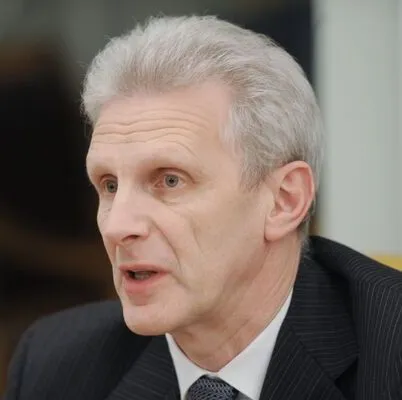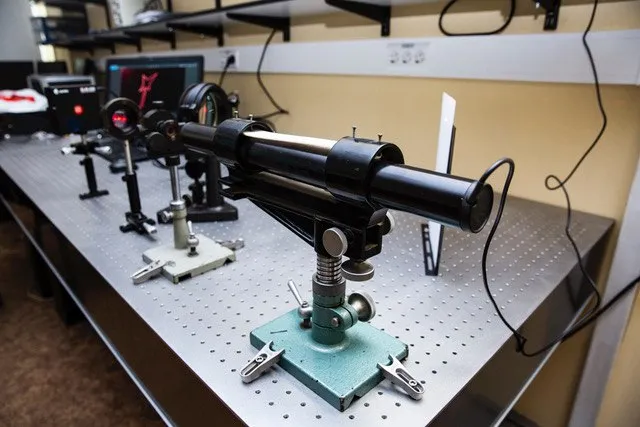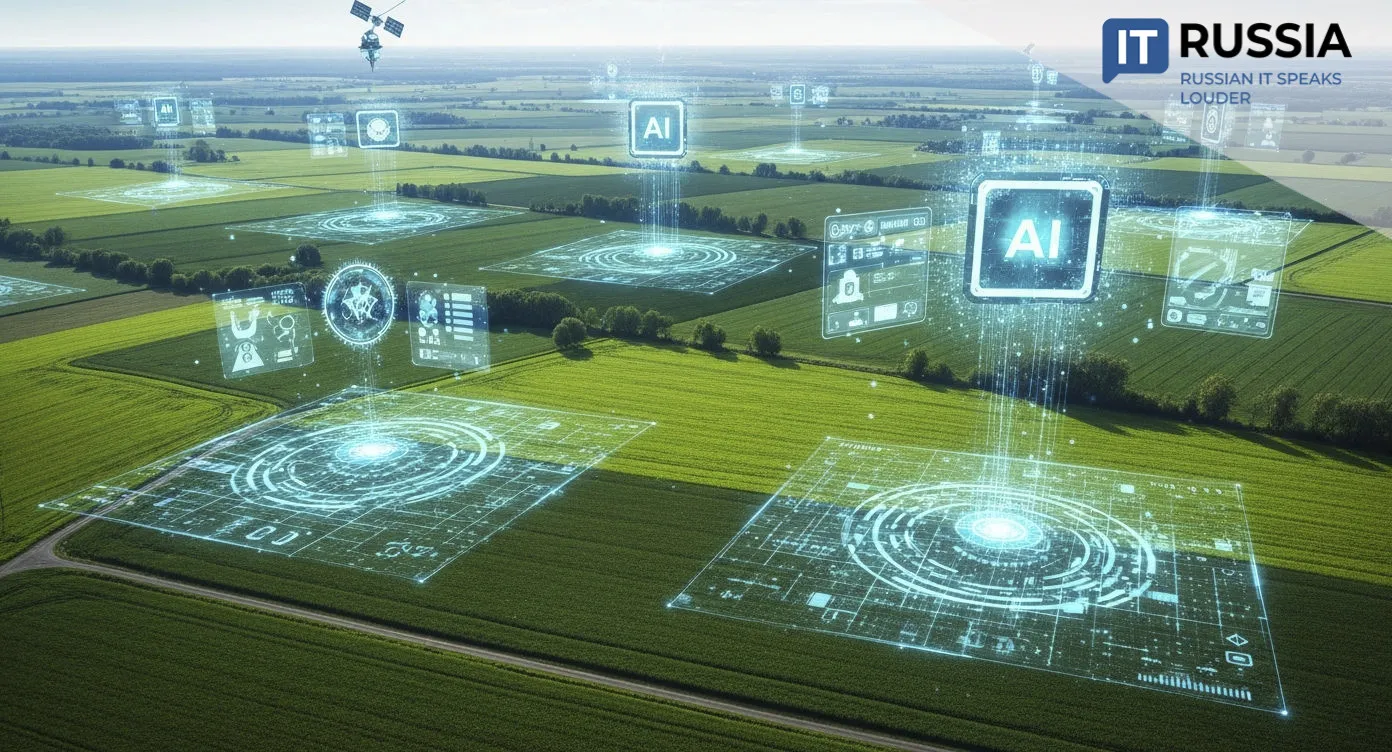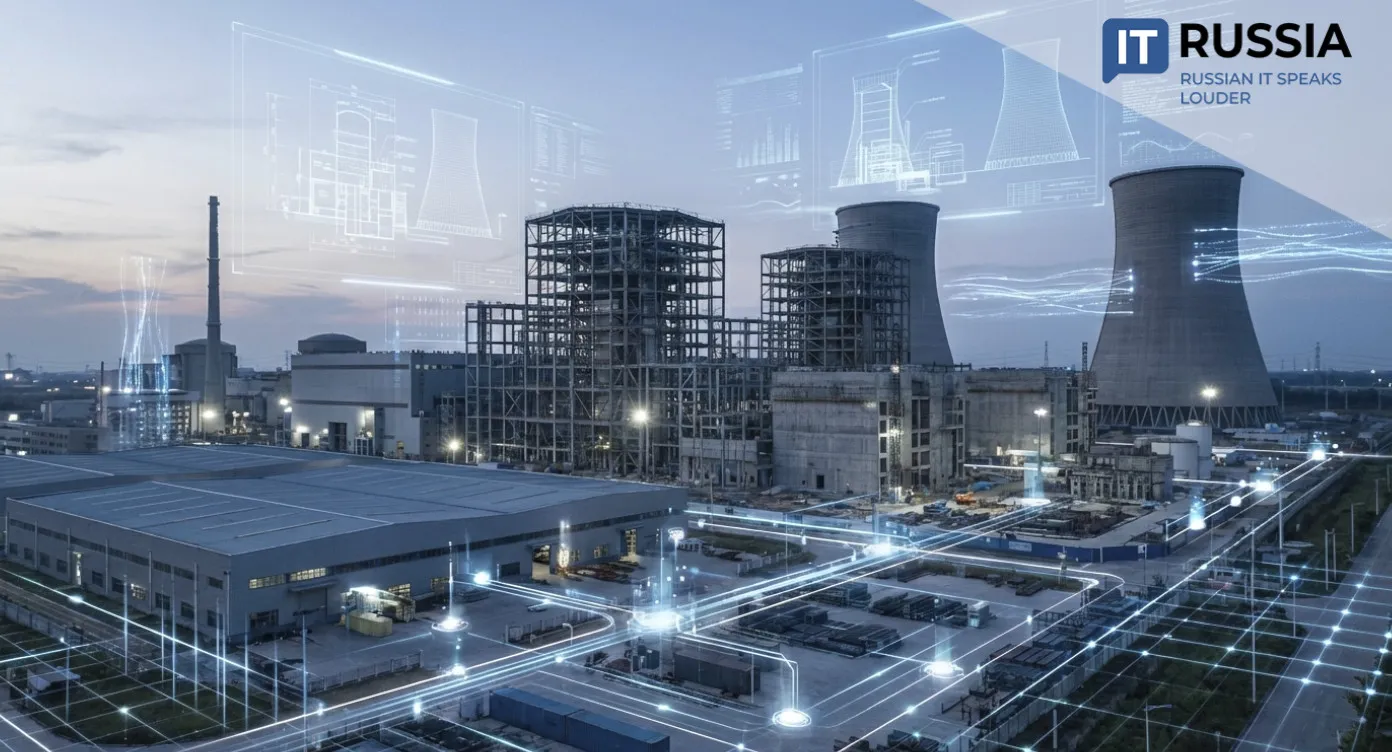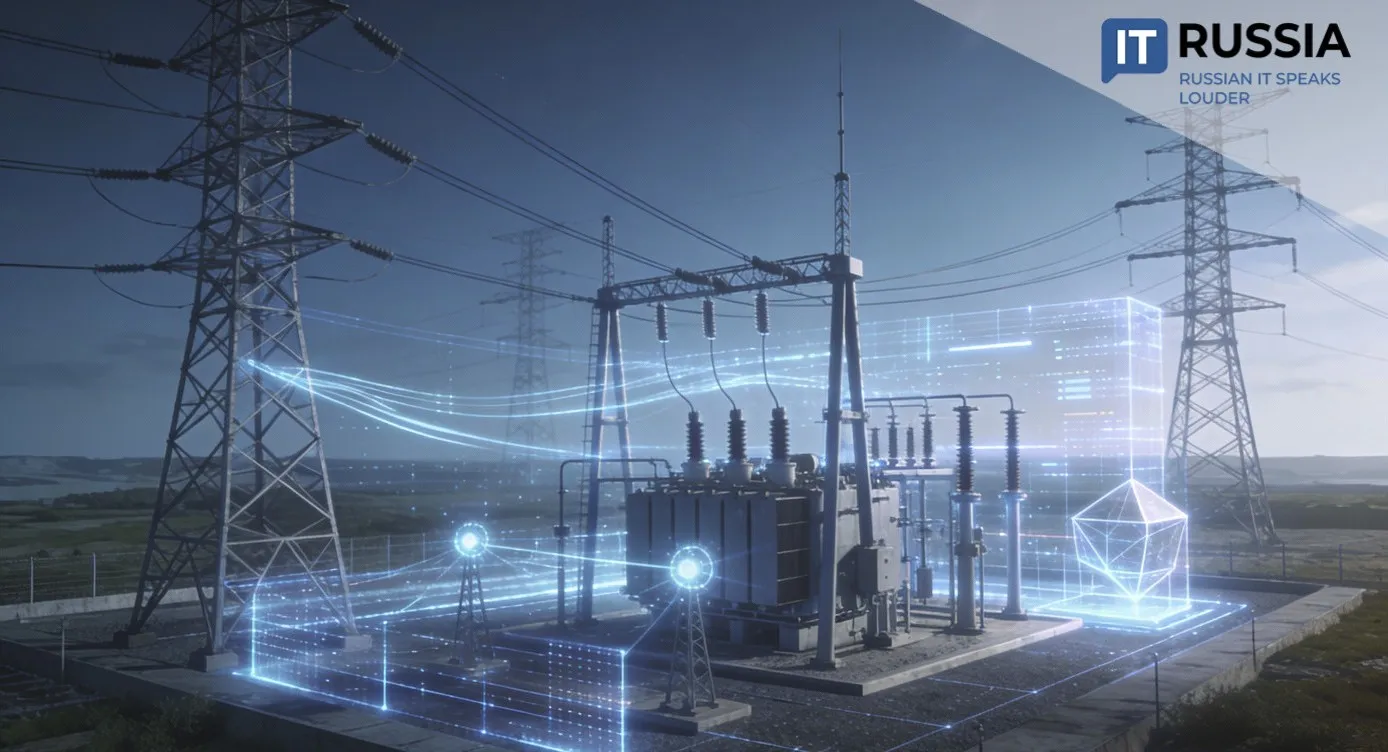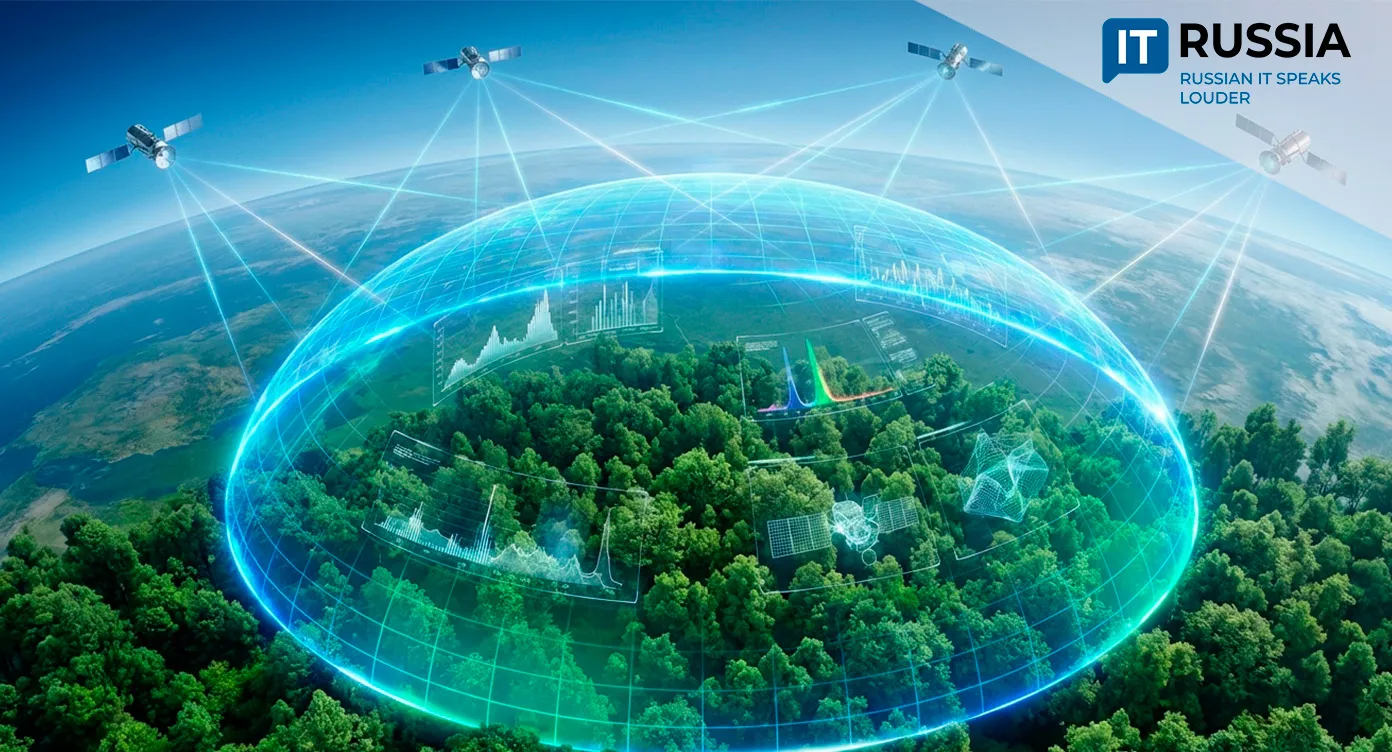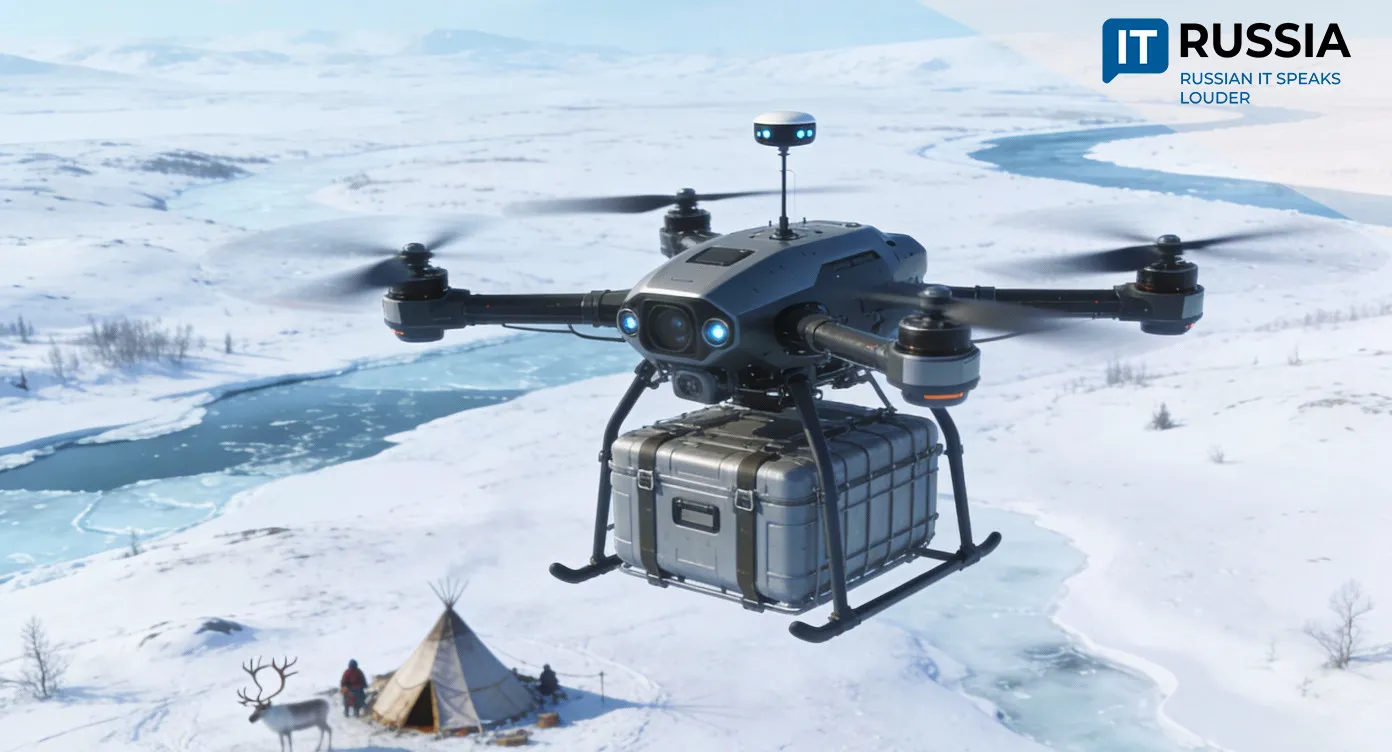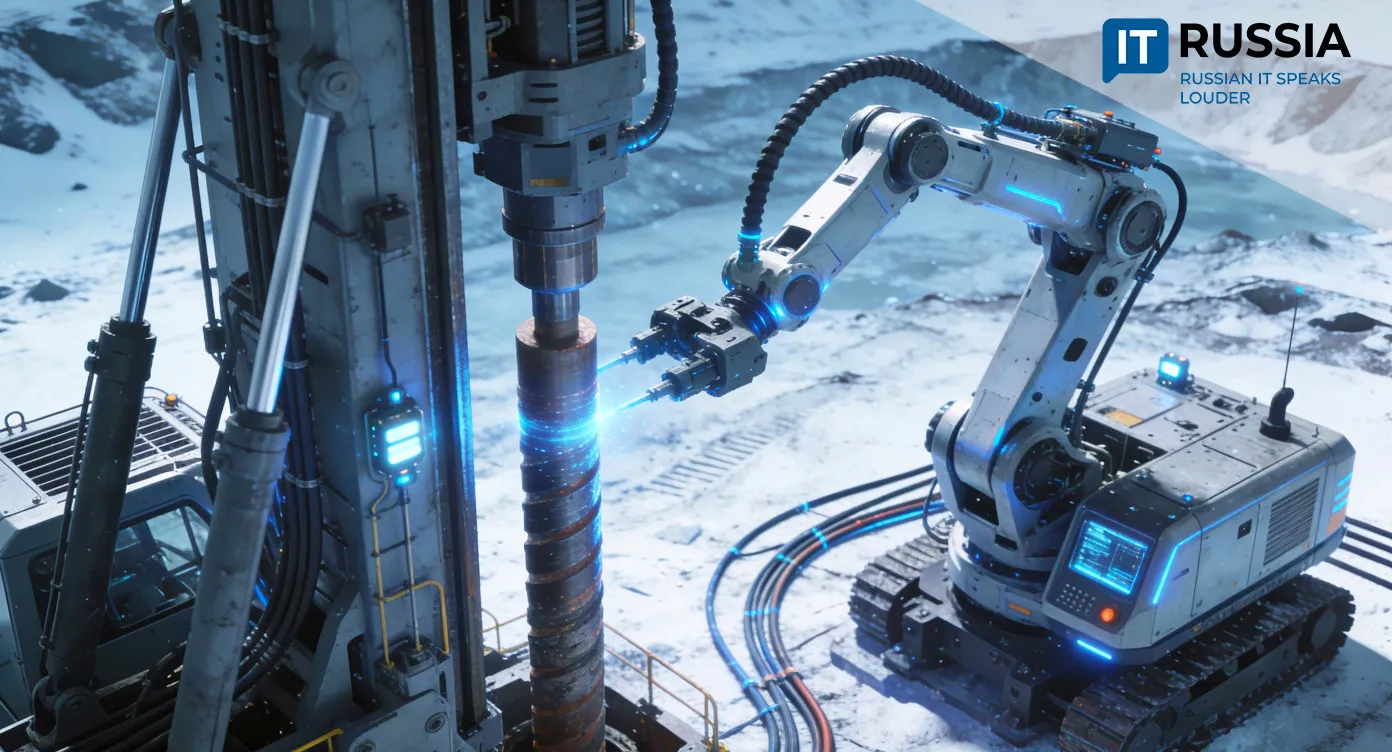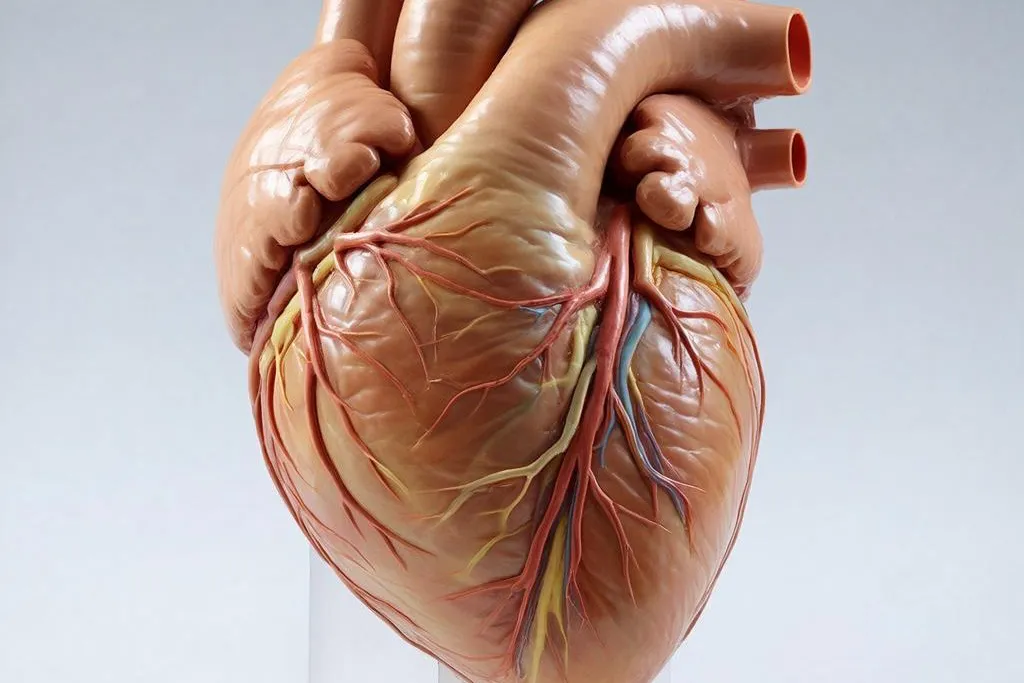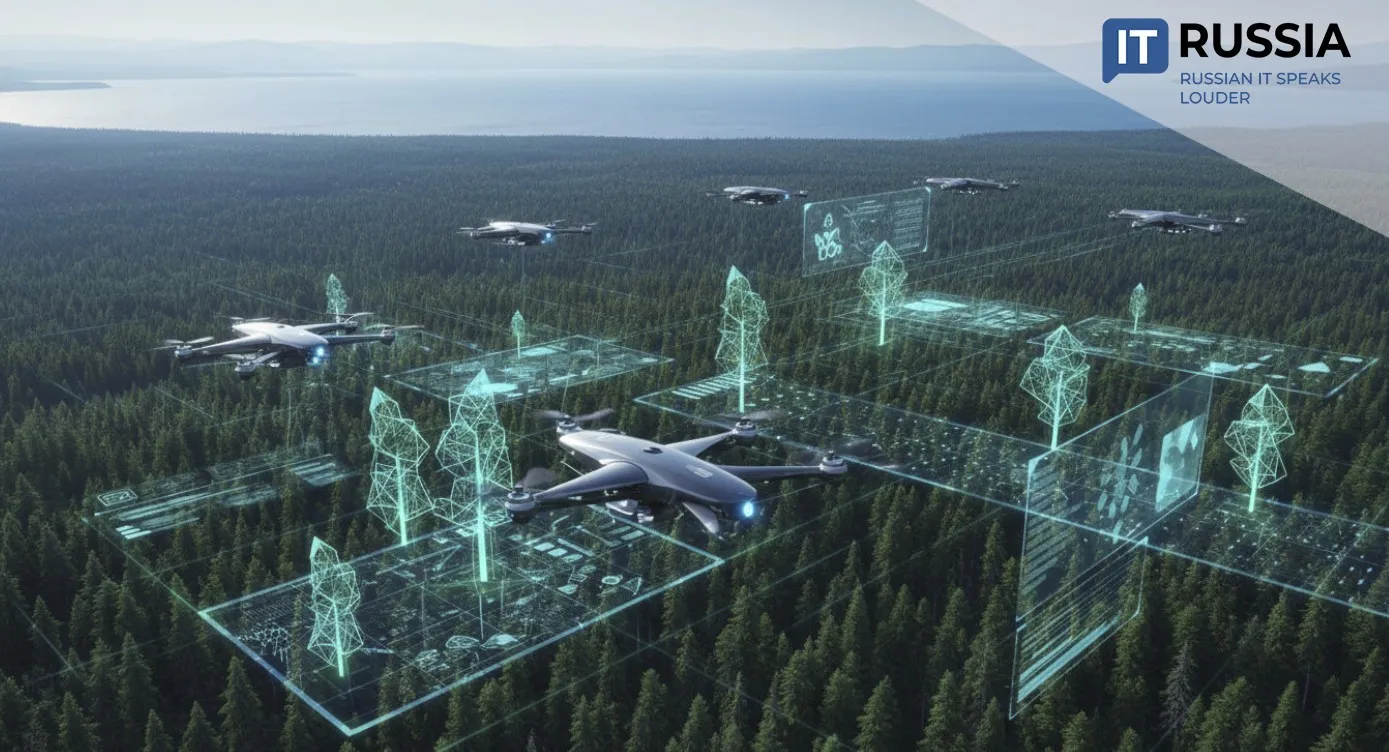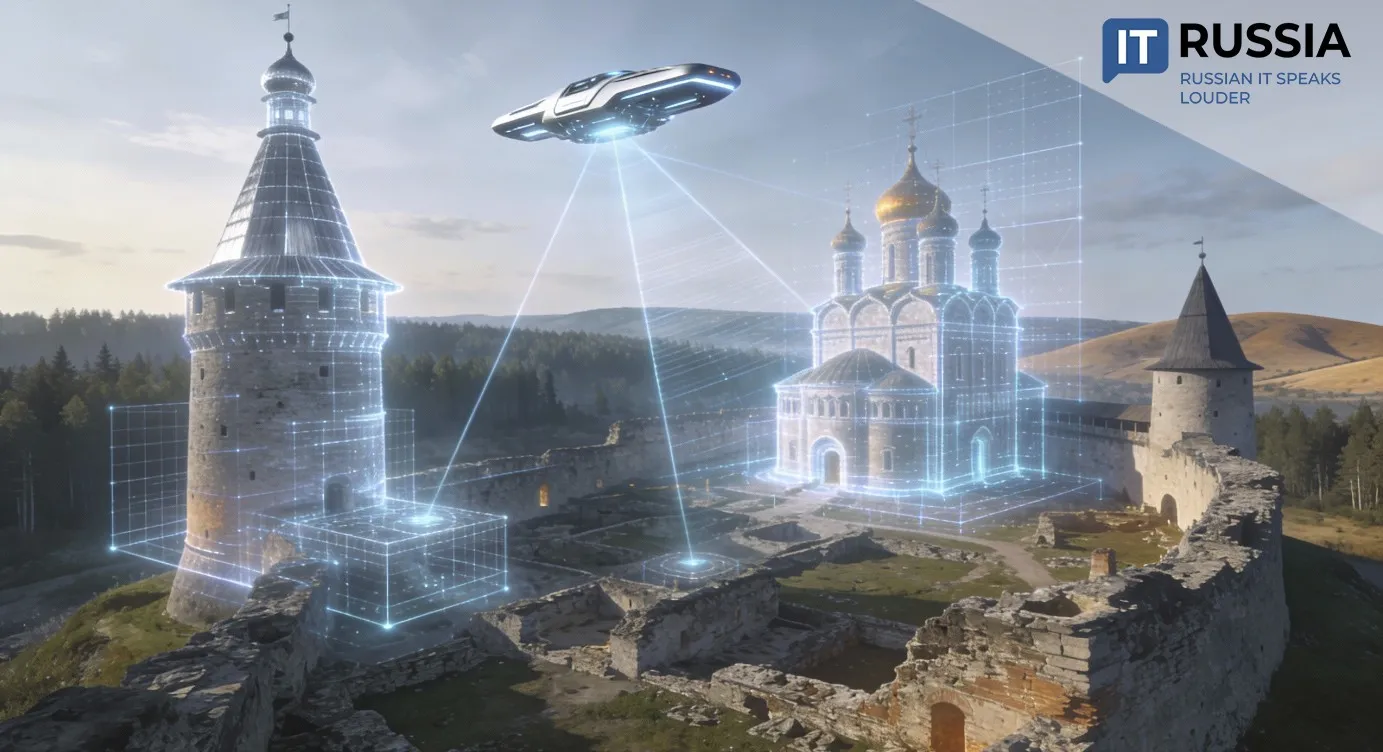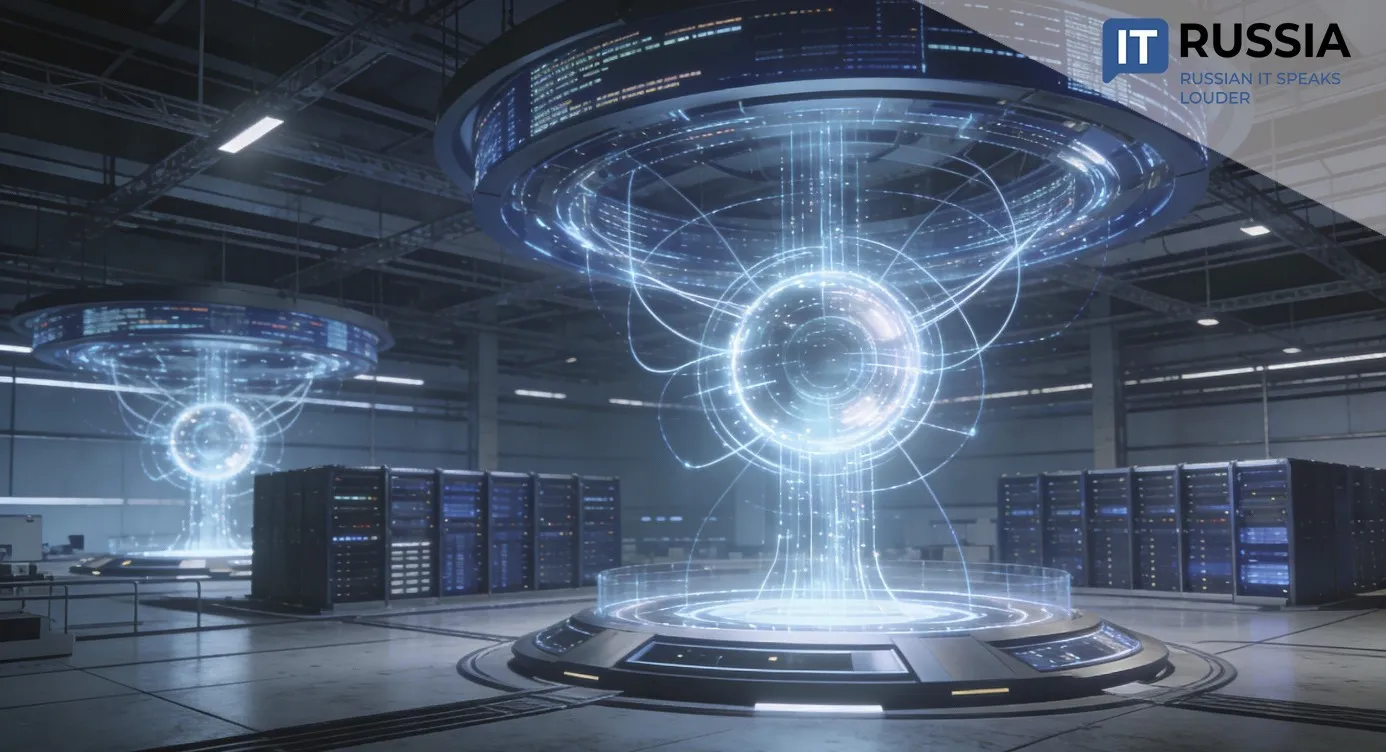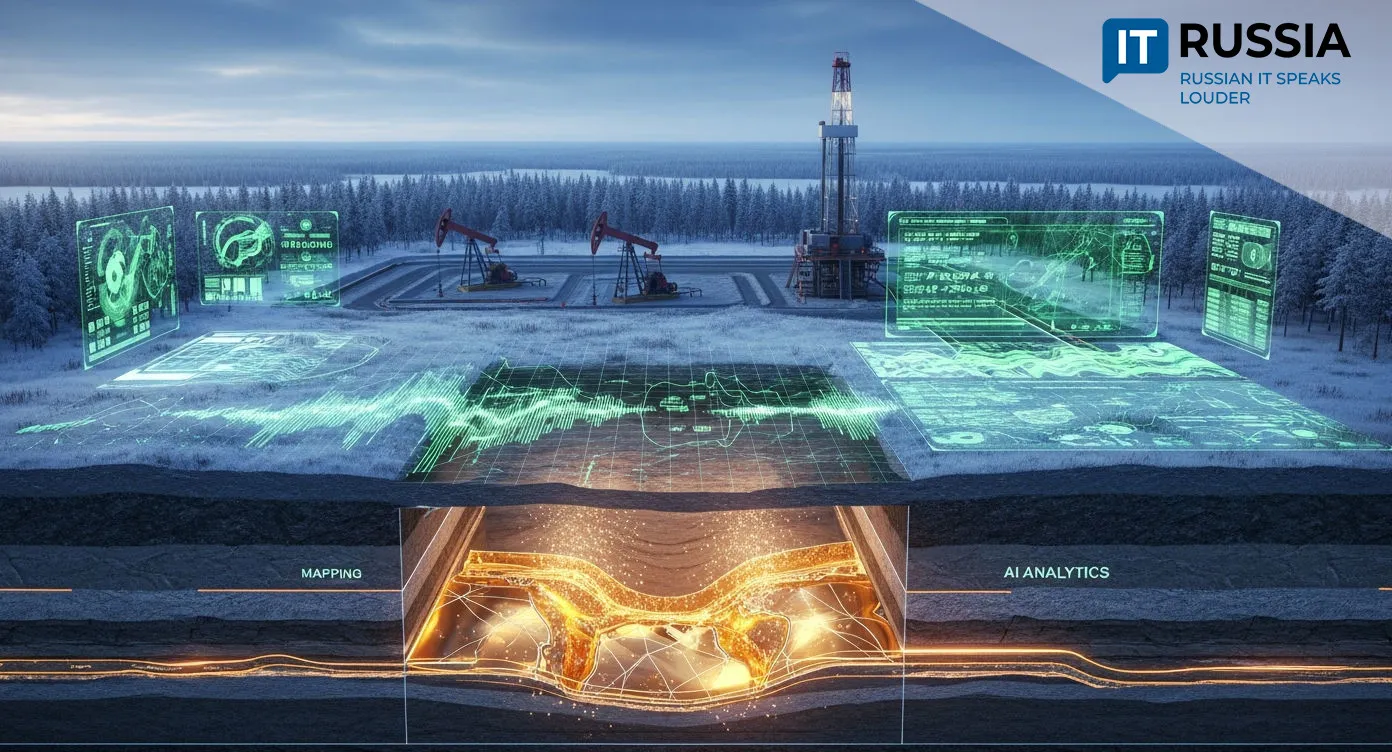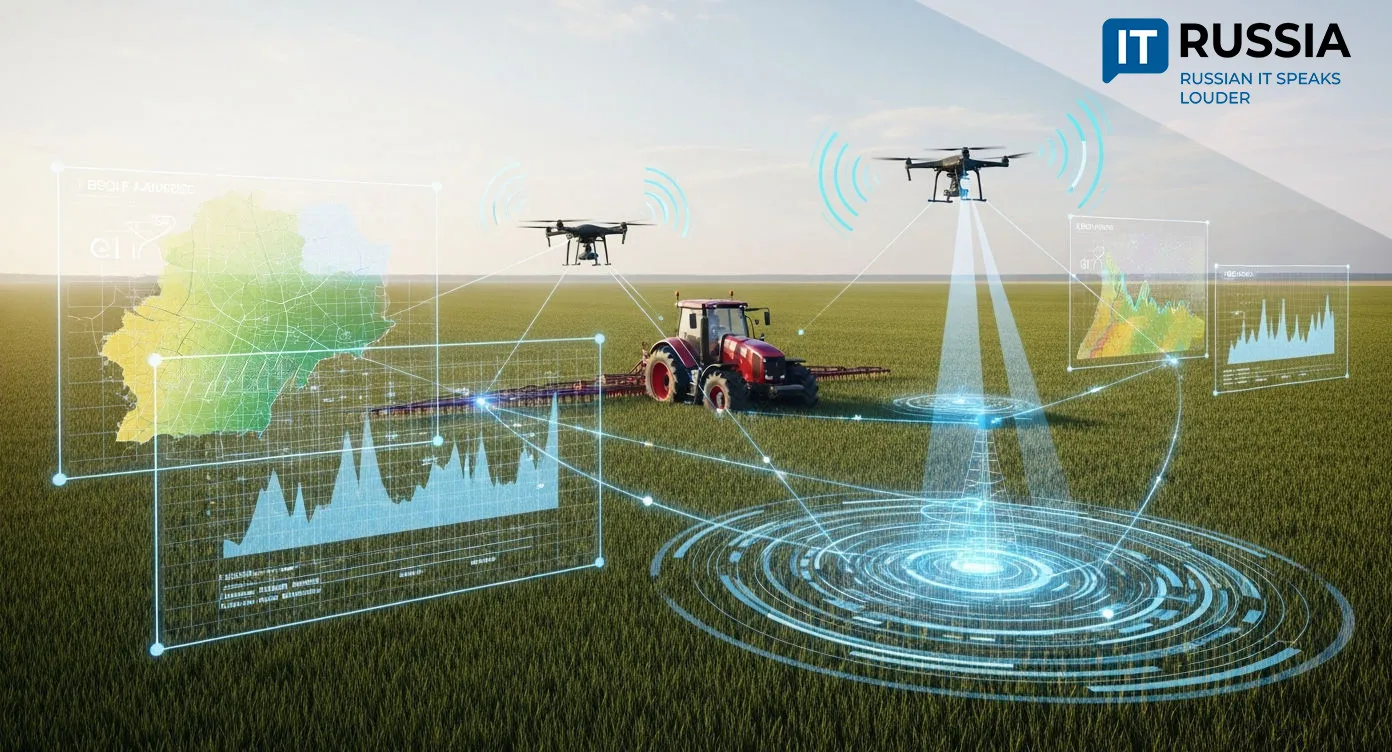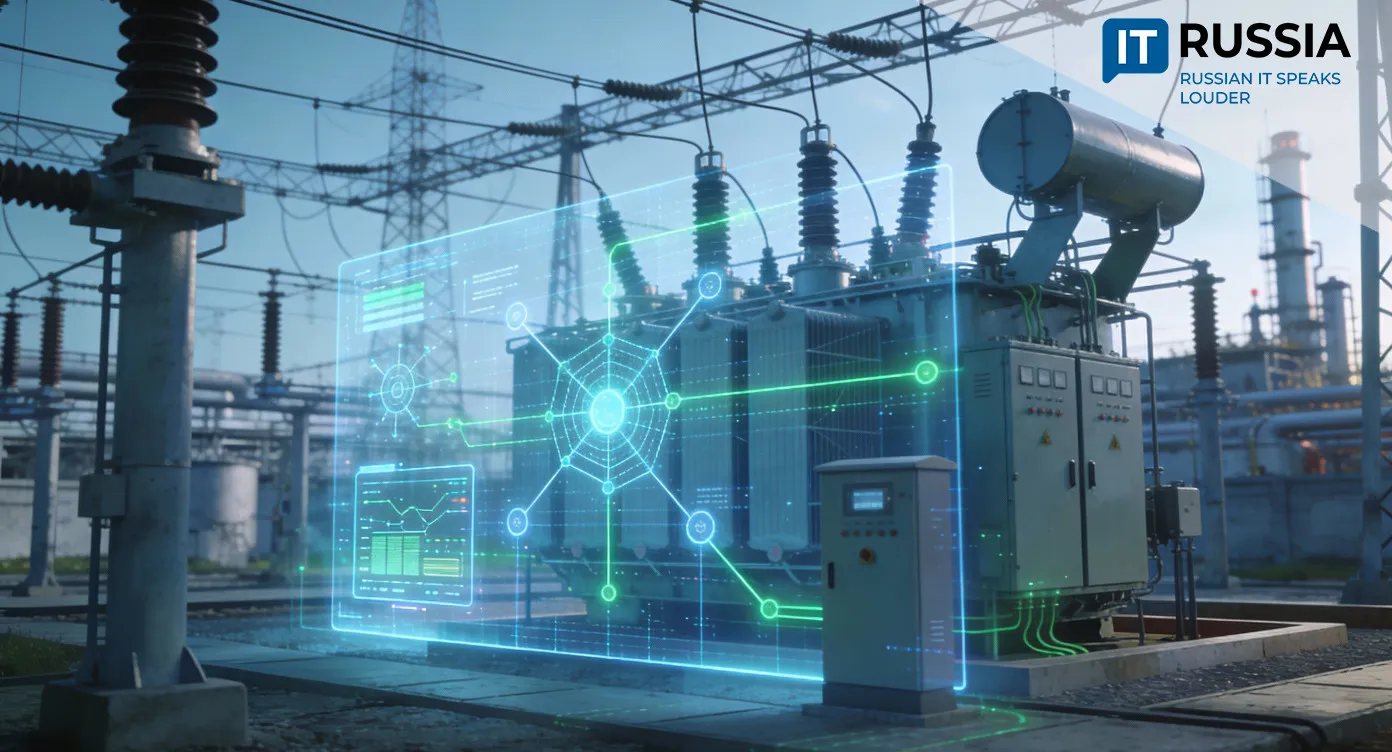Russian Science Against Natural Forces: RUDN’s Breakthrough to Protect Cities from an Invisible Threat
Researchers at the Peoples’ Friendship University of Russia (RUDN) have unveiled a groundbreaking model that could transform construction and safety in arid regions. The high-precision mathematical system predicts soil subsidence — a slow but destructive process causing billions in damages worldwide each year.
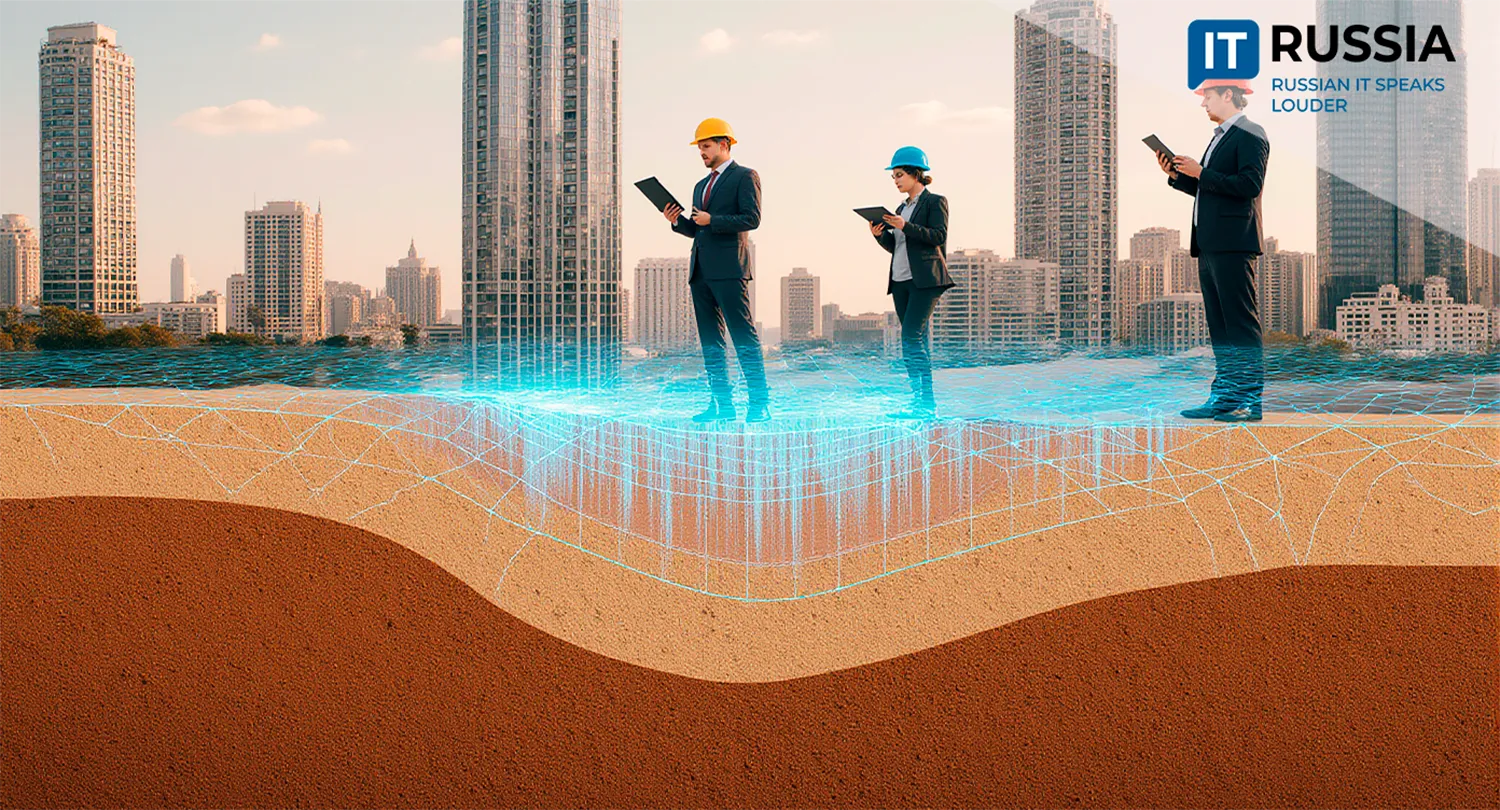
Preventing Disaster
The RUDN model incorporates a broad range of factors: changes in soil moisture, shifts in its mechanical properties, and external loads. This means engineers can not only detect the fact of subsidence but also predict its risks and scale with 95.7% accuracy, even at the design stage of a project.
For Russia, with its vast arid territories in the south, the technology carries strategic importance. These regions—where mining, agriculture, and rapid urbanization converge—are under constant threat of damage to buildings, roads, and essential infrastructure.
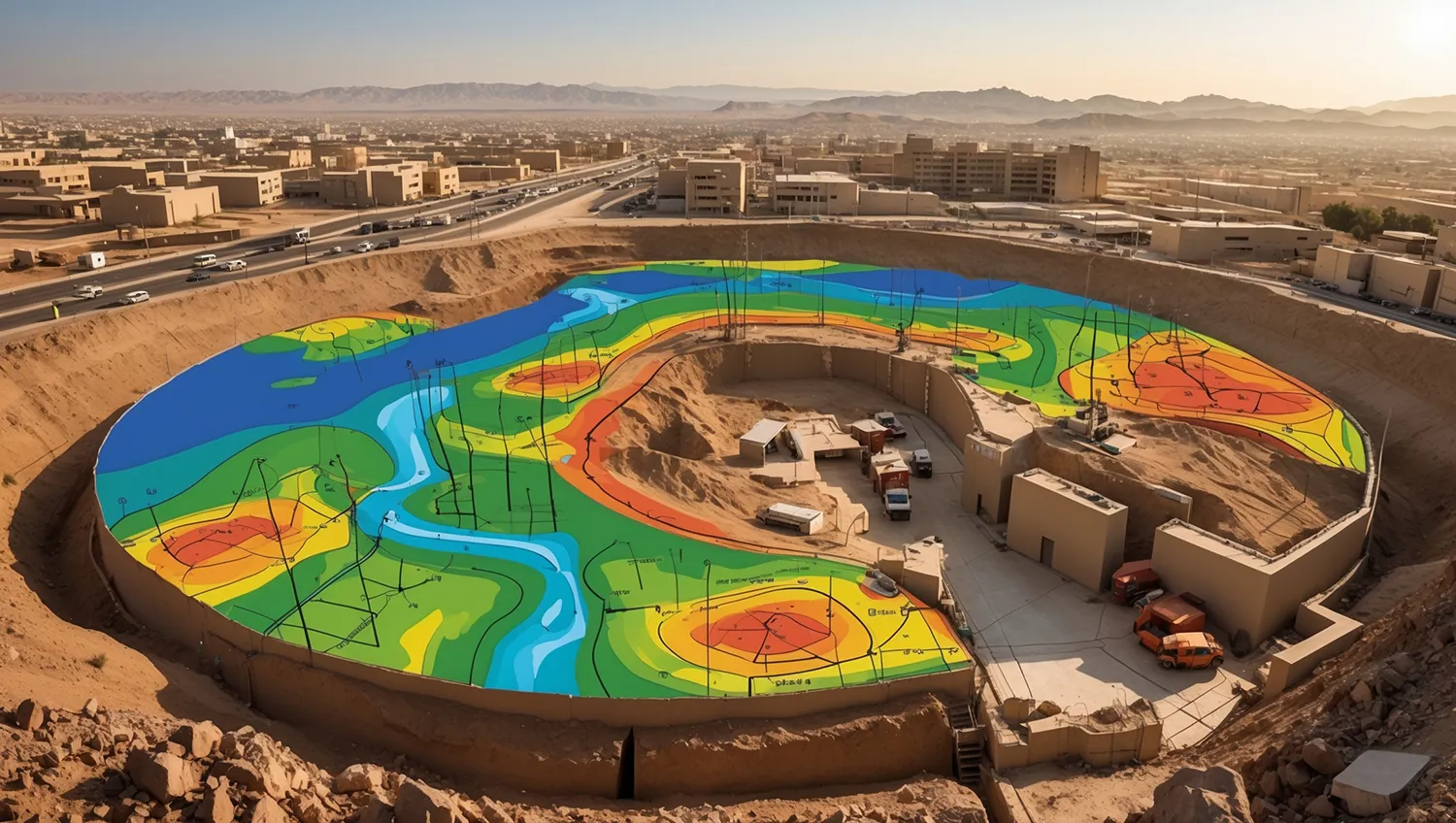
In practice, implementing the model could directly improve housing safety for millions of citizens and significantly reduce economic losses. But the implications extend well beyond Russia. The technology could also become a vital tool for countries across Central Asia, the Middle East, and Africa, where ambitious urban projects demand precise risk assessment instruments.
A Global Challenge
RUDN’s work reflects the global shift toward digitalizing geology. Scientists at the Moscow Institute of Physics and Technology and the Institute for Systems Analysis of the Russian Academy of Sciences have already created computational methods and software that model seismic impacts on high-rise buildings constructed on pile foundations in the harsh Arctic. These digital twins allow experts to replay different stress scenarios and pinpoint vulnerabilities.

Worldwide, the demand for predictive solutions is evident. In China, for instance, researchers applied satellite radar interferometry to assess ground subsidence in cities. Their study revealed that 45% of urban areas are sinking faster than three millimeters per year, while 16% — including Beijing — are subsiding at over ten millimeters annually, raising infrastructure damage and flood risks.
Toward a Sustainable Future
The RUDN innovation is not just an academic milestone — it has the hallmarks of a national-scale project. The model could underpin a federal soil monitoring system to prevent emergencies, extend the lifespan of critical infrastructure, and boost the investment appeal of Russia’s southern regions.
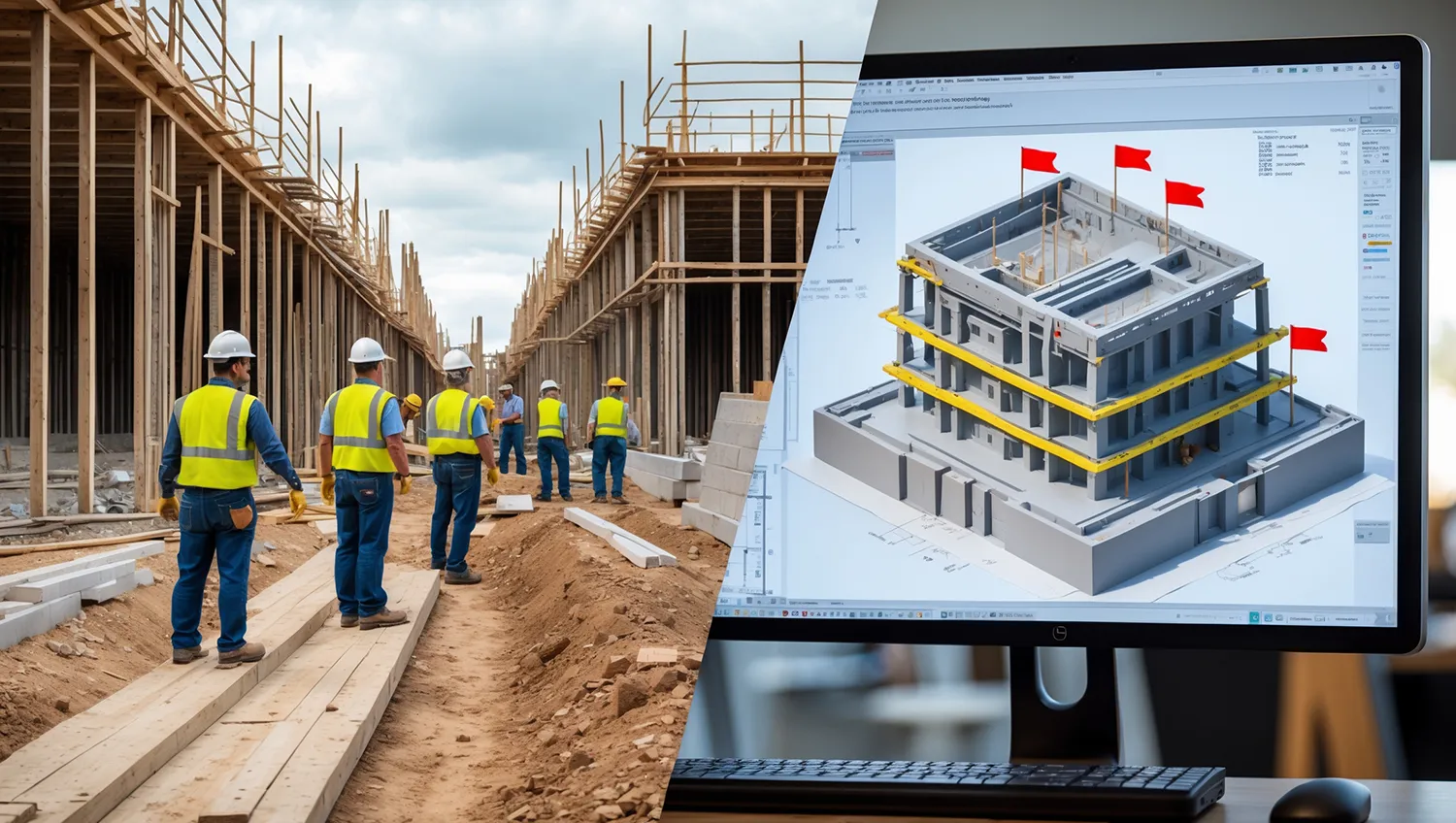
On the global stage, success would strengthen Russia’s standing as a provider of advanced engineering-geological solutions. By offering practical help to countries facing similar challenges, Russia demonstrates not only its scientific and technical capabilities but also its readiness to address urgent societal needs.


